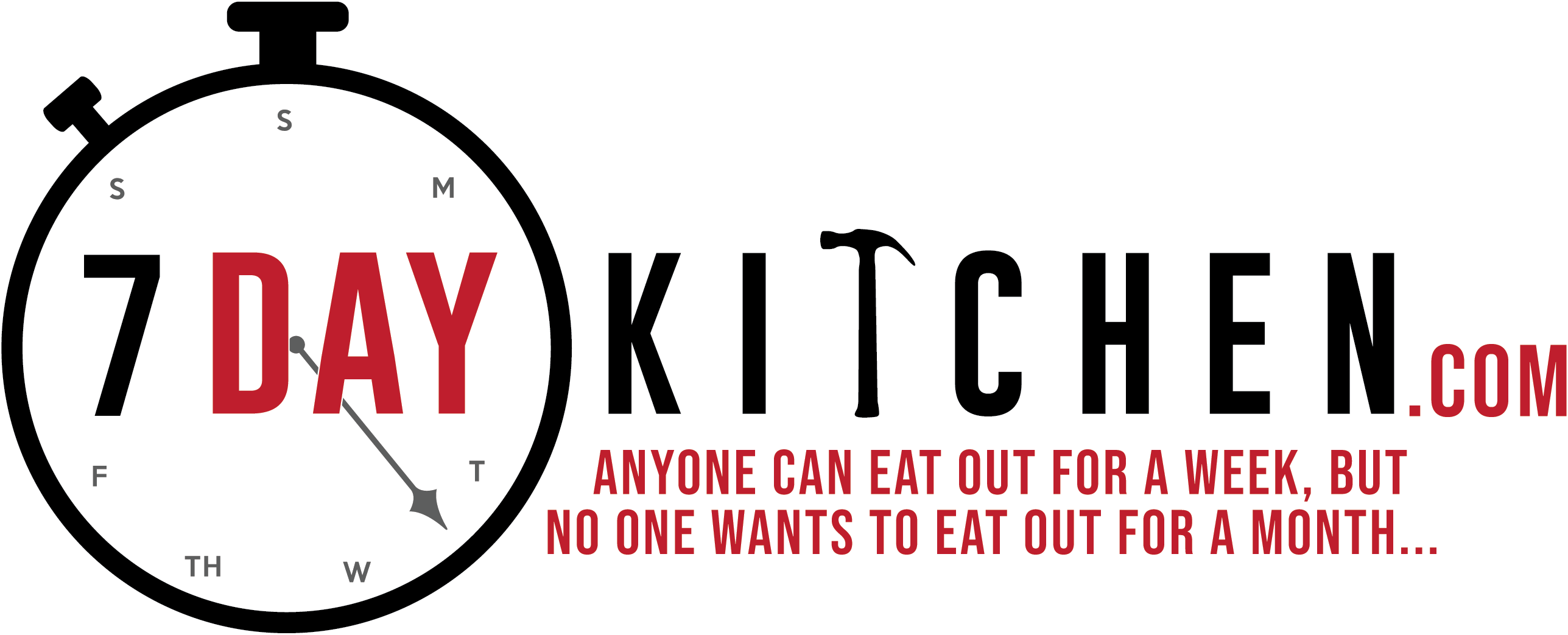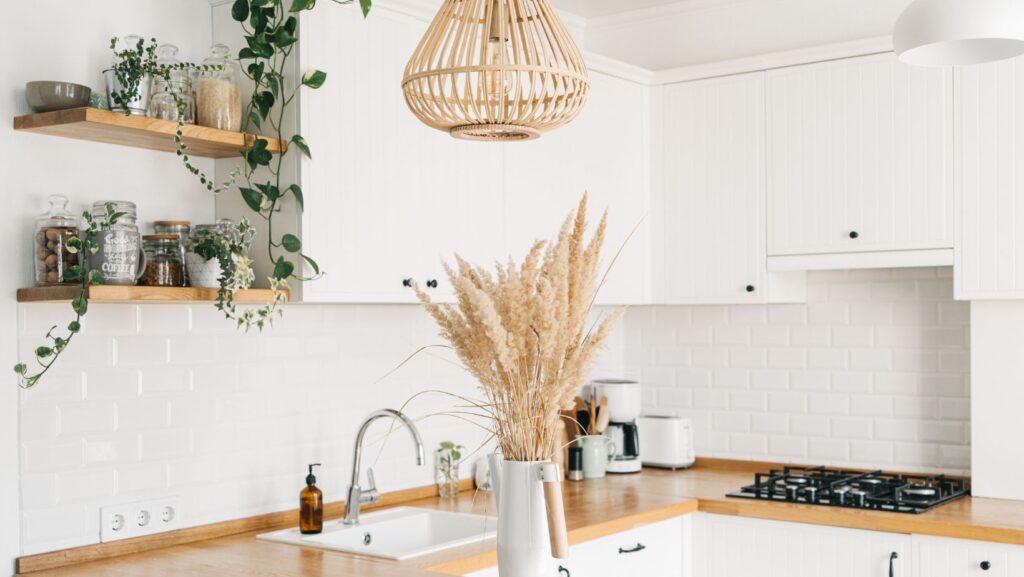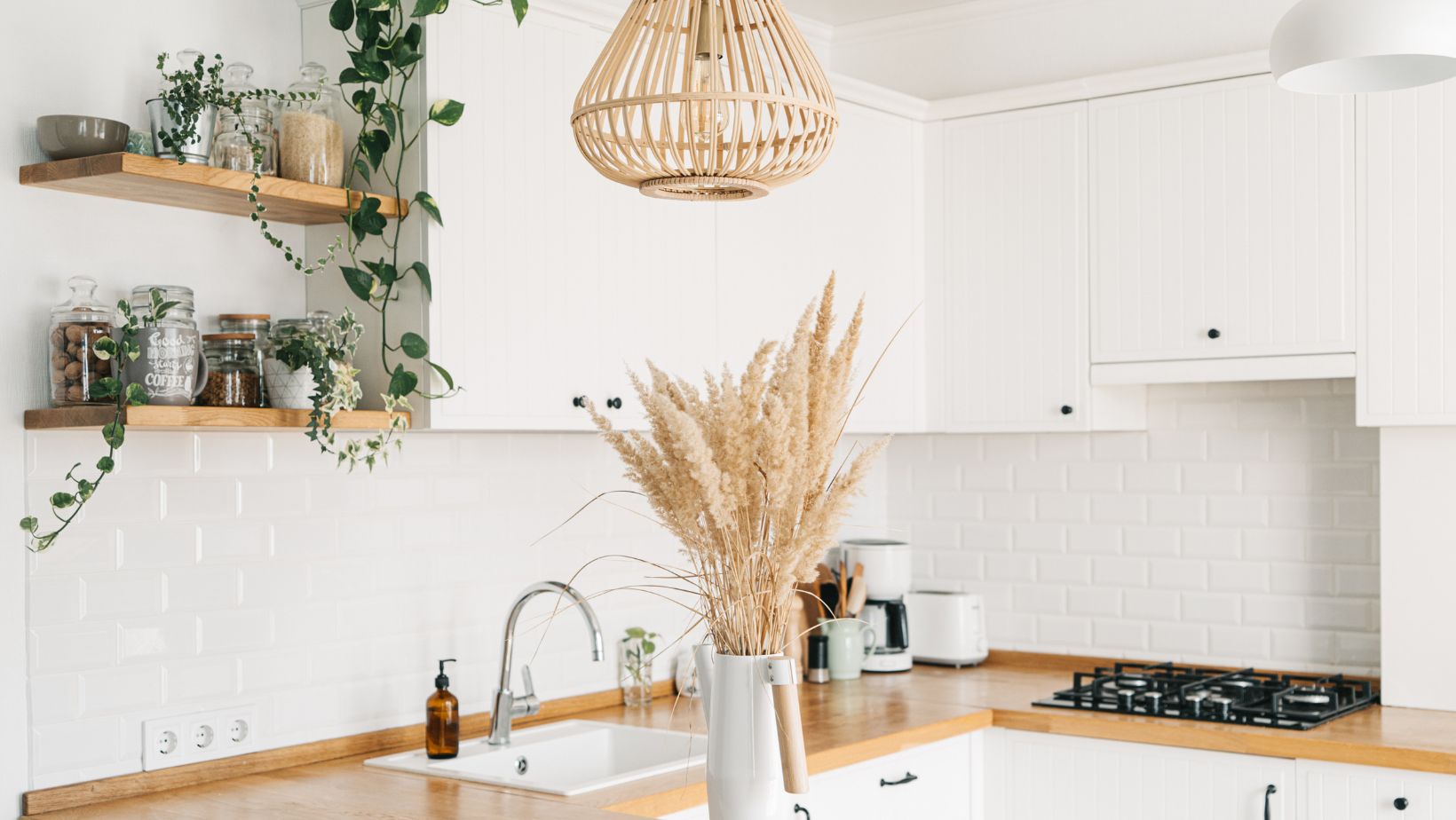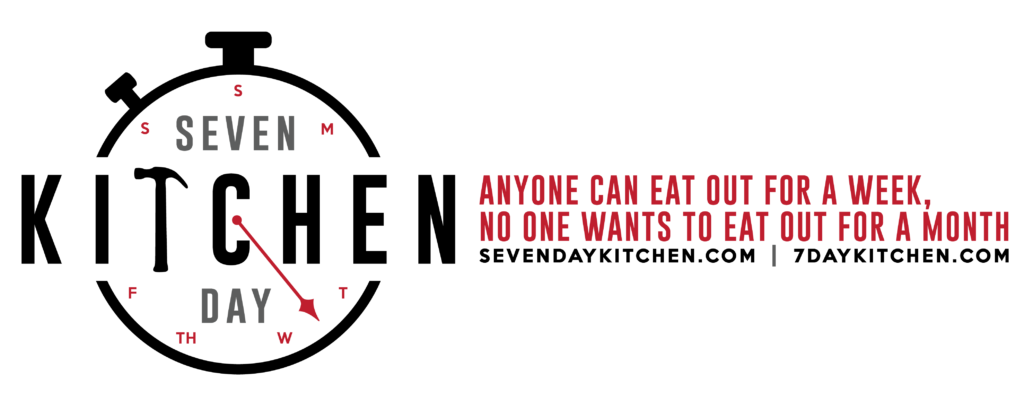In recent years, open shelving has become a prominent trend in kitchen design, transforming the way we view and utilize kitchen storage. As homeowners seek to create not only functional but aesthetically pleasing spaces, open shelving has gained popularity for its ability to seamlessly blend style and functionality. This blog post delves into the pros and cons of open shelving in the kitchen, providing you with valuable insights to help you make an informed decision about whether this trend is the right fit for your culinary space.
The Pros of Open Shelving
Open shelving can instantly elevate the visual appeal of your kitchen. It creates a sense of openness and allows you to showcase your favorite dishes, glassware, and decorative items. The absence of cabinet doors gives your kitchen a modern and airy feel, making it an excellent choice for those who appreciate a clean and minimalist aesthetic. Additionally, open shelving provides the opportunity to experiment with color coordination and design elements, enabling you to personalize your kitchen’s look.
One of the most significant advantages of open shelving is the ease of access it offers. With your kitchen essentials within arm’s reach, you can quickly grab what you need while cooking or entertaining. This convenience streamlines your workflow and enhances the overall functionality of your kitchen. Plus, it encourages you to keep your most-used items well-organized, reducing clutter and saving you time during meal preparation.
Open shelves serve as a canvas for displaying decorative pieces that reflect your personality and style. Whether it’s a collection of vintage plates, colorful mugs, or potted herbs, open shelving allows you to turn everyday items into eye-catching décor. This versatility provides an excellent opportunity to infuse character and charm into your kitchen, making it a welcoming space for both cooking and socializing.
Open shelving promotes a heightened sense of organization in your kitchen. Because everything is on display, you’re more likely to arrange your items thoughtfully. This encourages a clutter-free environment and prompts you to curate your kitchenware, keeping only what you truly need and love. Say goodbye to the hidden depths of dark cabinets where items go forgotten and unutilized.
The Cons of Open Shelving
One of the notable downsides of open shelving is the constant battle against dust and dirt. Without cabinet doors to shield your dishes and glassware, they are more susceptible to collecting dust and requiring frequent cleaning. This can be a time-consuming task, especially if you live in an area with high dust levels. To maintain the pristine look of your open shelving, you’ll need to dedicate regular time to dusting and wiping down your items.
Open shelves in the kitchen are exposed to grease splatters, moisture from cooking, and lingering cooking odors. Over time, this exposure can lead to the need for more frequent cleaning and maintenance. Grease and moisture can also affect the appearance of your dishes and cookware, requiring extra care to keep them in pristine condition.
While open shelving encourages organization, it also demands meticulous attention to detail. Every item you display is part of your kitchen’s aesthetic, so you’ll need to curate your collection carefully. Mismatched or cluttered open shelves can create a chaotic and less appealing look. This means that you may need to invest time in selecting the right items and arranging them thoughtfully to maintain the desired visual appeal.
Another drawback of open shelving is that it typically offers less storage capacity compared to closed cabinets. If you have a vast collection of kitchenware or a small kitchen with limited storage space, you may find it challenging to accommodate all your essentials on open shelves. This can lead to overcrowding and a less functional kitchen if not managed properly.
Practical Tips for Successful Open Shelving
To make the most of open shelving in your kitchen, consider the following practical tips:
Selecting the Right Shelving Materials: Choose sturdy and easy-to-clean shelving materials that can withstand the demands of a kitchen environment. Common choices include wood, metal, and glass. Opt for materials that align with your kitchen’s design and your personal preferences.
Strategic Placement of Open Shelving: Place open shelves strategically in areas that make sense for your cooking workflow. For instance, reserve a section near the stove for frequently used cookware and utensils, and dedicate a space near the dining area for showcasing decorative items.
Choosing Appropriate Containers and Storage Solutions: Invest in containers, baskets, and storage solutions that help keep your open shelves organized. This will make it easier to manage items like spices, utensils, and pantry staples while maintaining a neat and visually appealing appearance.
Regular Maintenance and Cleaning Routines: Establish a routine for cleaning and maintaining your open shelves. Regularly dust and wipe down your items to prevent the buildup of grime and grease. This will ensure that your kitchen always looks its best.
Personal Considerations and Design Choices
When deciding whether to incorporate open shelving into your kitchen, take the following personal considerations and design choices into account:
Assessing Your Cooking Habits and Lifestyle: Consider your cooking habits and lifestyle. If you cook frequently and rely on a wide range of kitchenware, you may need more storage space than open shelving can provide. On the other hand, if you enjoy showcasing decorative items and have a minimalist approach to kitchen tools, open shelving may be a perfect fit.
Matching Open Shelving with Your Kitchen’s Style: Ensure that open shelving aligns with your kitchen’s overall style. It can complement various design themes, from rustic and farmhouse to modern and industrial. Choose materials and finishes that harmonize with your kitchen’s aesthetic.
Balancing Aesthetics and Functionality: Striking a balance between aesthetics and functionality is key when incorporating open shelving. While it’s tempting to create a visually stunning display, remember that your kitchen should also be a practical workspace. Consider how the items you choose to display will impact your daily cooking routines.
Finding the Right Mix of Open and Closed Storage: You don’t have to commit entirely to open shelving or closed cabinets. Many kitchens find a harmonious balance by combining both. Use open shelves for decorative purposes and frequently used items, while keeping less attractive or rarely used items concealed in cabinets.
Expert Opinions and Real-Life Examples
To gain a deeper understanding of the pros and cons of open shelving in the kitchen, it’s valuable to seek expert opinions and learn from real-life examples. Consider consulting with kitchen designers and professionals who can provide insights into the practical aspects of open shelving. They can offer guidance on material selection, placement, and organization to ensure a successful integration into your kitchen.
Additionally, hearing from homeowners who have experience with open shelving can provide valuable real-world insights. They can share their experiences, challenges, and tips for making the most of this design trend. Often, learning from others who have navigated the pros and cons of open shelving can help you make a more informed decision that aligns with your kitchen goals.
In conclusion, open shelving in the kitchen offers a unique blend of aesthetics and functionality, but it comes with its set of pros and cons. Enhanced visual appeal, easy accessibility, and the opportunity to showcase decorative items are some of the benefits, while increased maintenance, exposure to grease and moisture, and the need for meticulous organization are among the drawbacks. Successful open shelving requires thoughtful consideration, practical tips, and a balance between aesthetics and functionality.
Whether you decide to embrace open shelving or opt for a more traditional cabinet-based storage approach, the choice ultimately rests on your personal preferences and lifestyle. When making this decision, it can be helpful to consult with experts who can guide you through the process and provide valuable insights.
For expert guidance in kitchen design and storage solutions, consider reaching out to 7-Day Kitchen. Their team of professionals specializes in creating functional and visually appealing kitchens tailored to your needs and preferences. Whether you lean toward open shelving or closed cabinets, 7-Day Kitchen can help you achieve the kitchen of your dreams.








